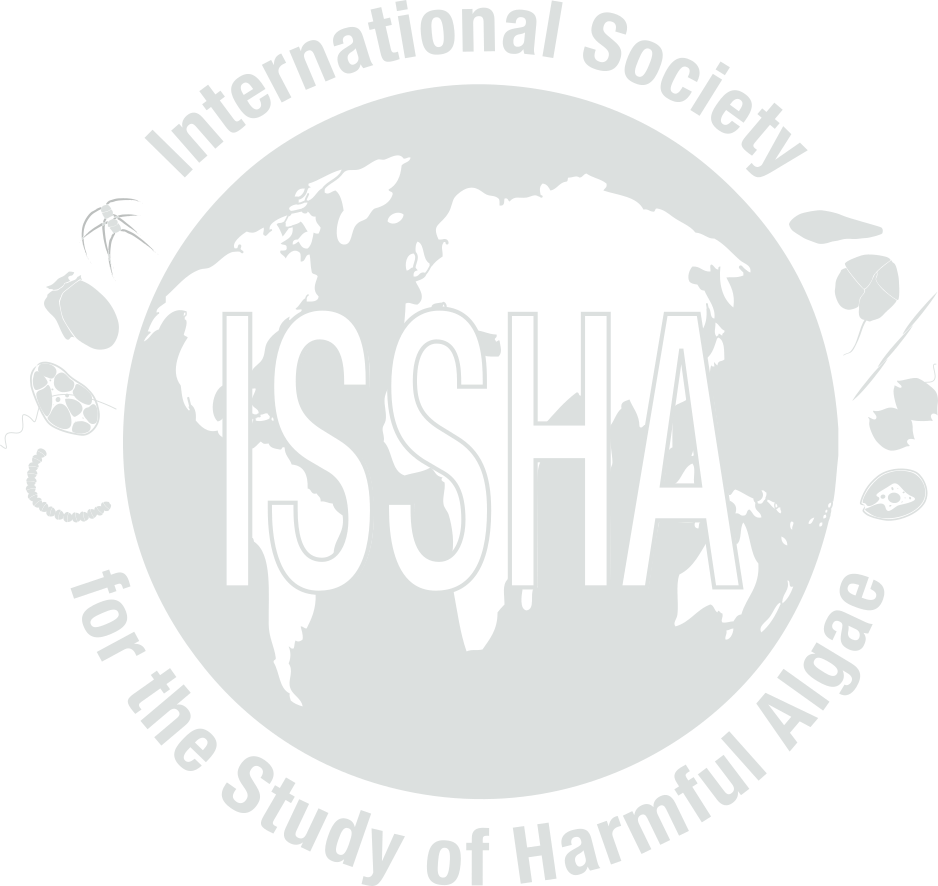|
Event name:
|
US-22-010
|
|
Country:
|
UNITED STATES
|
Nature of the harmful event:
|
High Phyto concentration
,
Seafood toxins
|
Event directly affected:
|
Planktonic life
,
Shellfish
,
Humans
|
|
Toxicity detected:
|
Yes
(Approximate range: 16-48 ppm)
|
|
Associated syndrome:
|
ASP
|
|
Unexplained toxicity:
|
No
|
|
Species implicated in toxin transmission (transvector):
|
Razor clam, California Mussel, and Dungeness crab viscera
|
|
Report the outcome of a monitoring programme:
|
Yes
(California Department of Public Health - Marine Biotoxin Monitoring Program)
|
|
Event occurred before in this location:
|
Yes
|
|
Individuals to contact:
|
ZUBKOUSKY-WHITE, Vanessa
|
|
Species containing the toxin
|
Toxin type
|
Toxin details
|
Max. concentration
|
Assay type
|
|
Dungeness Crab viscera
|
Domoic Acid
|
|
16 µg/100g
|
LC
|
|
California Mussels
|
Domoic Acid
|
|
45 µg/100g tissue
|
LC
|
|
Razor Clam
|
Domoic Acid
|
|
48 µg/100g
|
LC
|
|
|
Kit used:
No
|
Type of kit used:
|
|
Additional information:
|
Razor clams are known to store/retain domoic acid in their meat tissue at high levels long after associated pseudo-nitzschia blooms have subsided.
|
|
Economic losses:
|
Recreational fishery closure for razor clams was in place for a potrion of the year due to samples frequently testing above the advisory threshold.
|
|
Management decision:
|
Recreational fishery closure for Razor clams in place the whole year. Precautionary biotoxin closures were placed on growing area in Humboldt Bay initially, but they were allowed to remain open if testing from growing area product showed results lower tha
|
|
Additional harmful effect information:
|
Mass mortalities of California Sea Lions were may have be linked to DA toxicosis. Contact Mariah Tengler (tenglerm@tmmc.org) for more info.
|



